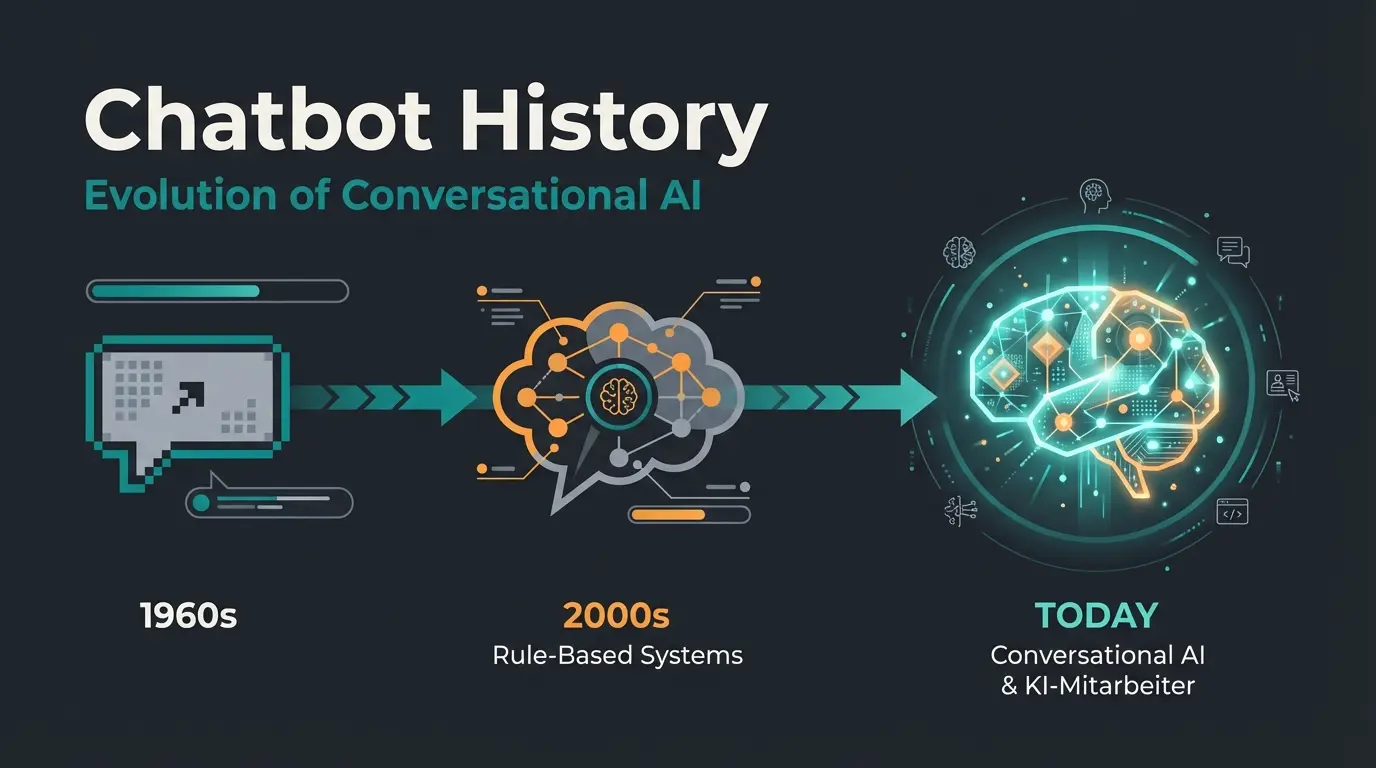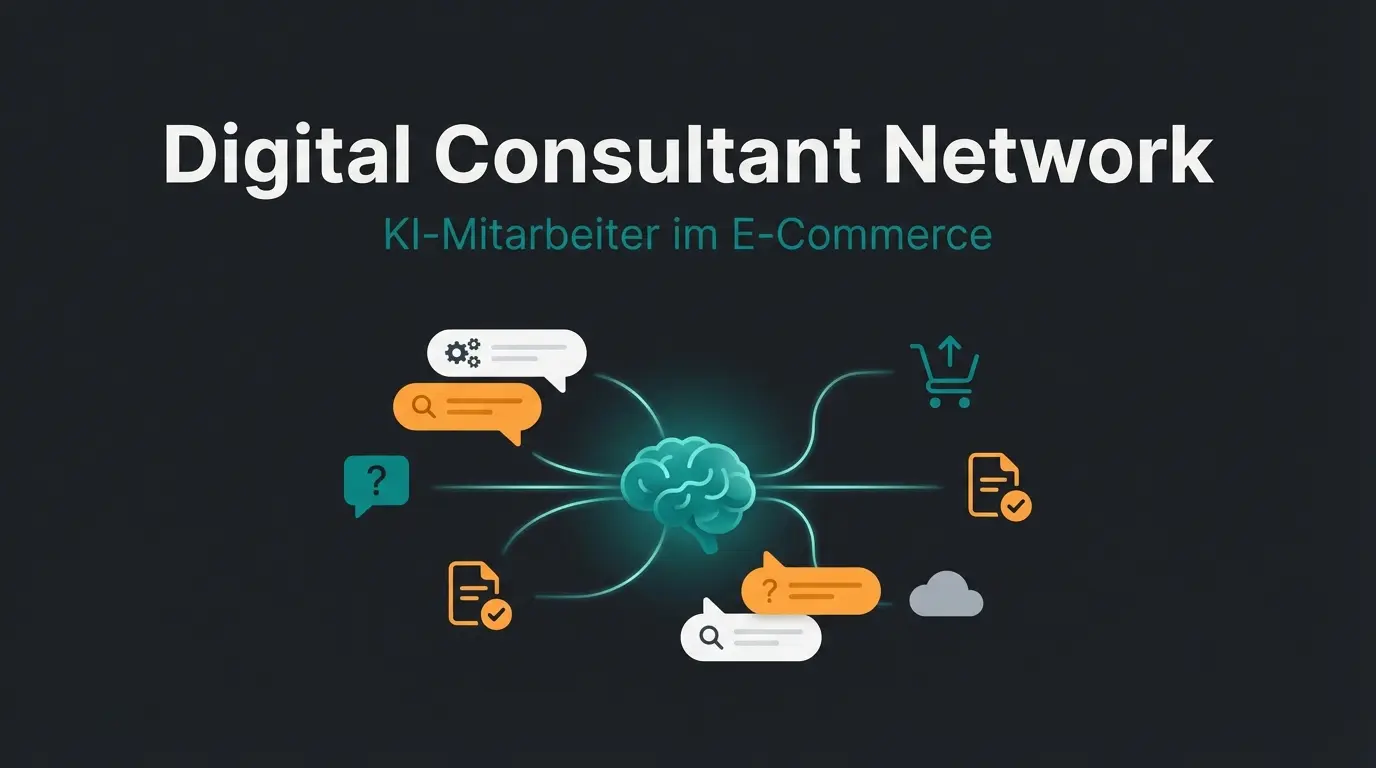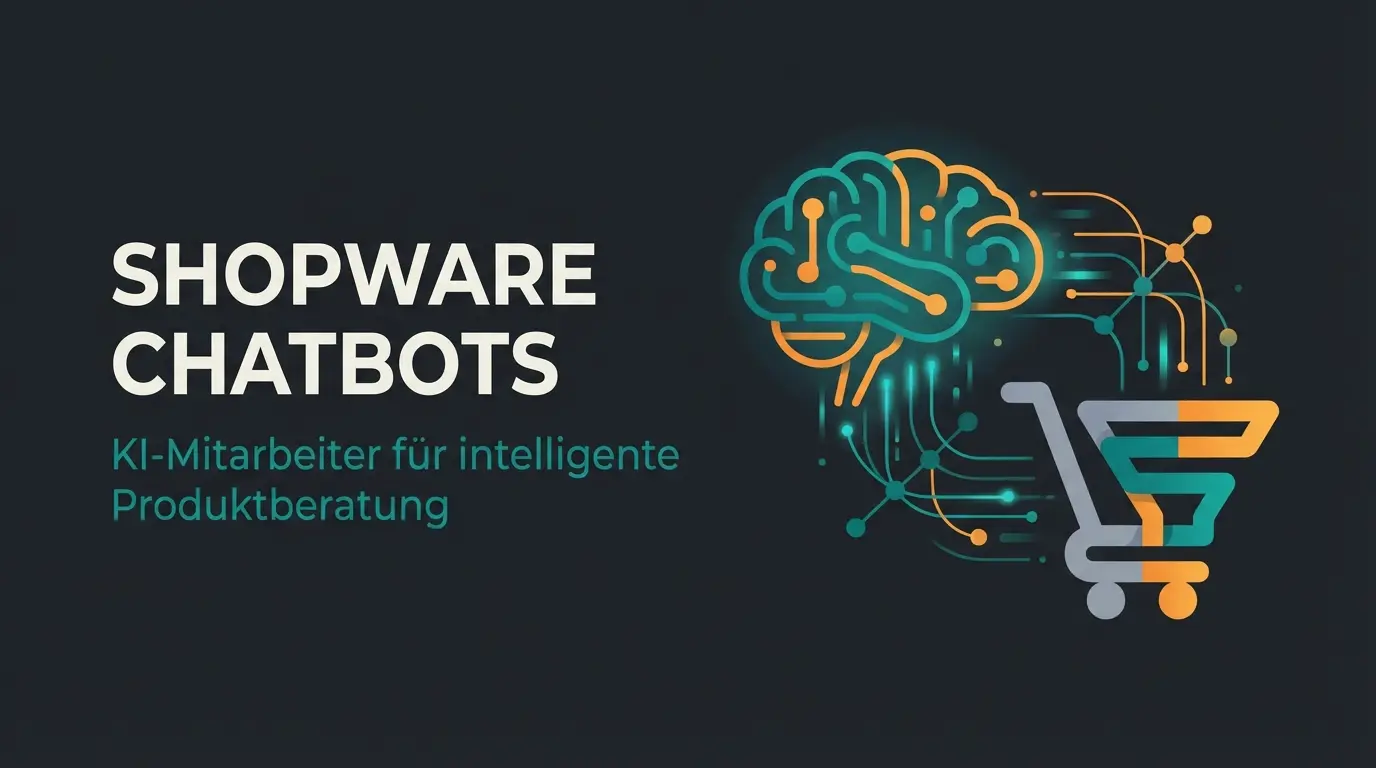AI Data Annotation for Experts: Why Standard Labeling Fails for Product Consultation
Discover why high-quality AI data annotation is crucial for consultation chatbots. Learn why generic tools like Labelbox may not be enough for complex logic.
Introduction
Labelbox has established itself as a leading platform for AI data annotation in 2024, setting the standard for high-quality data preparation in Machine Learning. The platform enables companies and developers to precisely label, manage, and optimize training data for AI models. At the core of this is the efficient collaboration of teams during data preparation, as described in the basics of AI training.
However, internal labeling brings significant challenges. High personnel costs, long processing times, and the necessity for rigorous quality controls can limit the scalability and efficiency of AI projects. This is where Qualimero comes in as a strategic alternative: With our "Done-for-You" approach, we handle the entire labeling process for you—fast, scalable, and with the highest quality.
What is AI Data Annotation? Beyond the Basics
To understand why tools alone aren't enough, we must first define the landscape. AI Data Annotation (KI-Datenannotation) is the process of teaching an AI model by tagging data with metadata. It's the teacher-student analogy: if the teacher (the data) is unclear, the student (the model) will fail.
Most the market focuses on Perception AI—teaching a computer to see a stop sign or a cat. But for product consultation, we are dealing with Logic & Reasoning. We aren't just identifying an object; we are identifying a need.
Identifying objects (e.g., 'This is a shoe'). Standard CV tasks.
Understanding emotion (e.g., 'The user is angry'). Basic NLP.
Understanding intent & context (e.g., 'User needs a running shoe for wide feet'). Expert Annotation.
Key Functions of Labelbox and General Tools
While specialized logic is crucial, the infrastructure provided by tools like Labelbox remains the industry standard for managing the workflow. Here is what these platforms offer.
Data Management System
The central data management system of Labelbox provides a structured environment for organizing and storing training data. Practical AI implementation is supported by intuitive tools for data administration. Teams can work on projects in parallel, while the integrated versioning system documents all changes comprehensively.
AI Annotation Tools
AI-supported annotation tools accelerate the labeling process through automatic suggestions and bulk processing. Developers can create custom labels and define annotation guidelines. The platform supports various annotation types such as Bounding Boxes, Segmentation, and Classification.
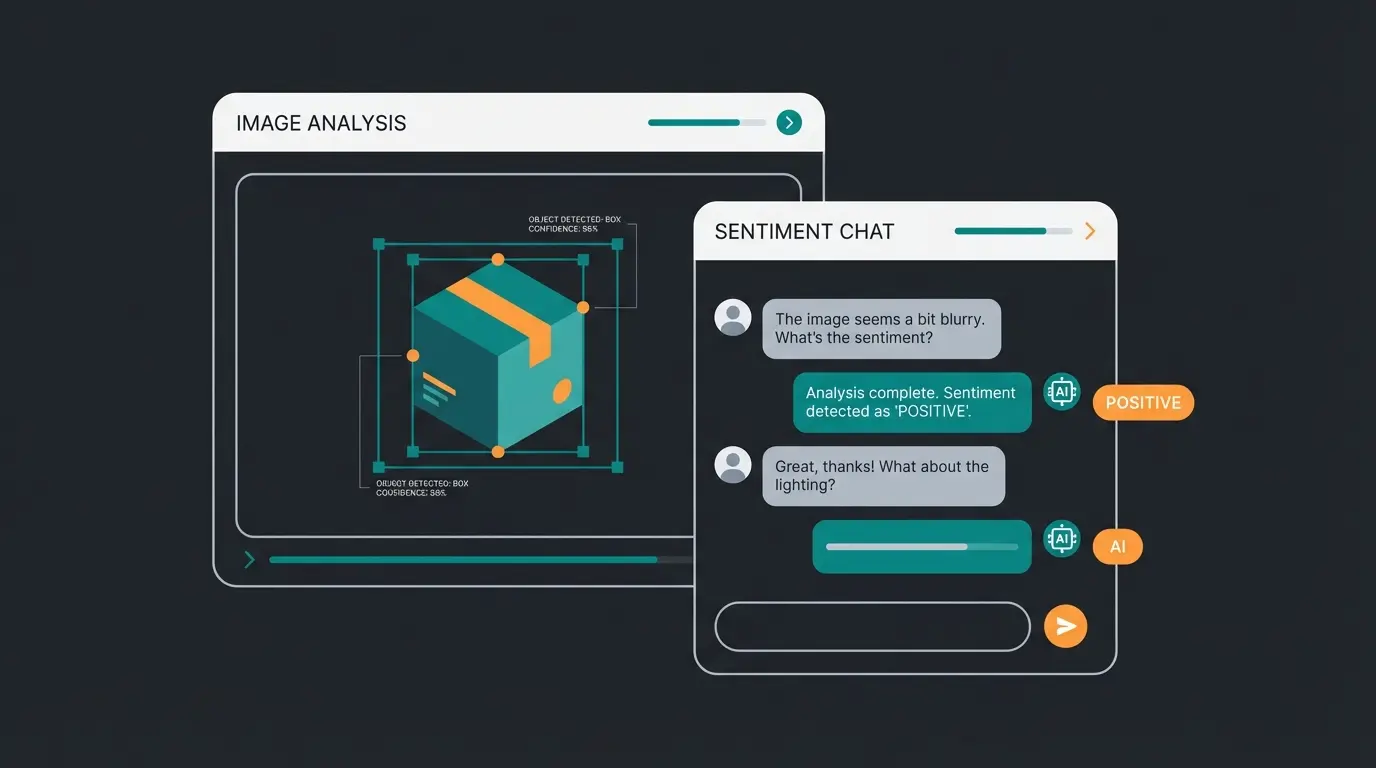
Quality Control
A comprehensive quality assurance system continuously monitors the accuracy of data labeling. Automatic audit processes identify discrepancies and enable quick corrections. Performance metrics provide insight into the efficiency of the annotation team and the quality of the generated training data.
Stop relying on generic labeling. Get expert-verified data for your AI models.
Get a Data AuditThe Strategic Gap: Why "Crowd-Labeling" Fails for Consultation
Standard tools are excellent for "Perception" tasks, but they often struggle with the nuance of product advisory chats. This is where the difference between standard annotation and consultative annotation becomes critical.
| User Input | Standard Labeling (Tool-Focus) | Consultative Labeling (Expert-Focus) |
|---|---|---|
| "It's freezing outside." | Tag: Weather / Fact | Intent: Need Warm Jacket / Winter Gear |
| "I want something eco-friendly." | Tag: Keyword 'Eco' | Constraint: Filter inventory for sustainable materials |
| "Is this good for a beginner?" | Tag: Question | Context: Assess product ease-of-use vs. user skill level |
For AI consultation, you need annotators who understand the domain, not just click-workers who draw boxes around cars. This is the core differentiator of the Qualimero approach.
Practical Examples of Data Annotation
Let's look at how these principles apply across different sectors, from visual processing to complex text analysis.
Image Processing and Computer Vision
In the field of AI consultation, companies use Labelbox for the precise labeling of product images. The automatic recognition of product features significantly improves the quality of advice. Examples include:
- Quality Control: Automatic detection of product defects.
- Product Categorization: AI-supported sorting of item images.
- Feature Extraction: Automatic capture of product properties.
Text Analysis and Lead Generation
Automated lead generation benefits immensely from precisely labeled text data. Labelbox supports the processing of various text formats and enables efficient analysis of customer feedback, support inquiries, and product descriptions. AI models learn from the labeled data to recognize customer intentions and moods.
Industry Solutions
Various industries deploy labeling for specific applications:
- Retail: Improves product recognition and inventory management.
- Healthcare: Supports the analysis of medical images (X-rays, MRI).
- Manufacturing: Used for quality control in production lines.
- Automotive: Autonomous driving and driver assistance systems.
Implementation Guide: From Raw Data to Optimization
Successfully integrating a data annotation workflow requires a structured approach. Whether you use Labelbox or a managed service, these steps are critical for AI training basics.
Configure data infrastructure, connect storage, and define clear annotation guidelines.
Assign Project Managers, Subject Matter Experts (SMEs) for labeling, and QA Auditors.
Execute labeling with continuous feedback loops to refine the model's understanding.
Feed labeled data into the ML pipeline and measure performance improvements.
Team Structure and Roles
A clear division of roles in the team is crucial for project success. The core roles include Project Managers, Annotation Experts, and Quality Auditors. Each team member needs specific access rights and responsibilities within the platform. A good communication structure between teams promotes the efficiency of the annotation process.
Process Optimization
Continuous improvement of workflows is at the center of process optimization. By regularly analyzing annotation quality and throughput times, bottlenecks can be identified and eliminated. Integrating automated audit processes helps keep the quality of data labeling consistently high.
Technical Integration
The successful integration of labeling platforms into existing systems requires careful planning. Here are the technical pillars of a robust setup.
System Requirements and Formats
Most modern labeling platforms are cloud-based. You generally need standard cloud servers or on-premise systems with at least 16GB RAM for local management. Supported data formats usually include JPG, PNG, TIFF for images; MP4, MOV for video; and TXT, CSV, JSON for text.
API Connection & Security
A REST API is essential for seamless integration into existing Machine Learning Workflows. The API supports both JSON and GraphQL for flexible queries. Regarding security, ensure the platform offers SSL encryption, Role-Based Access Control (RBAC), and compliance with standards like GDPR and SOC 2 Type II.
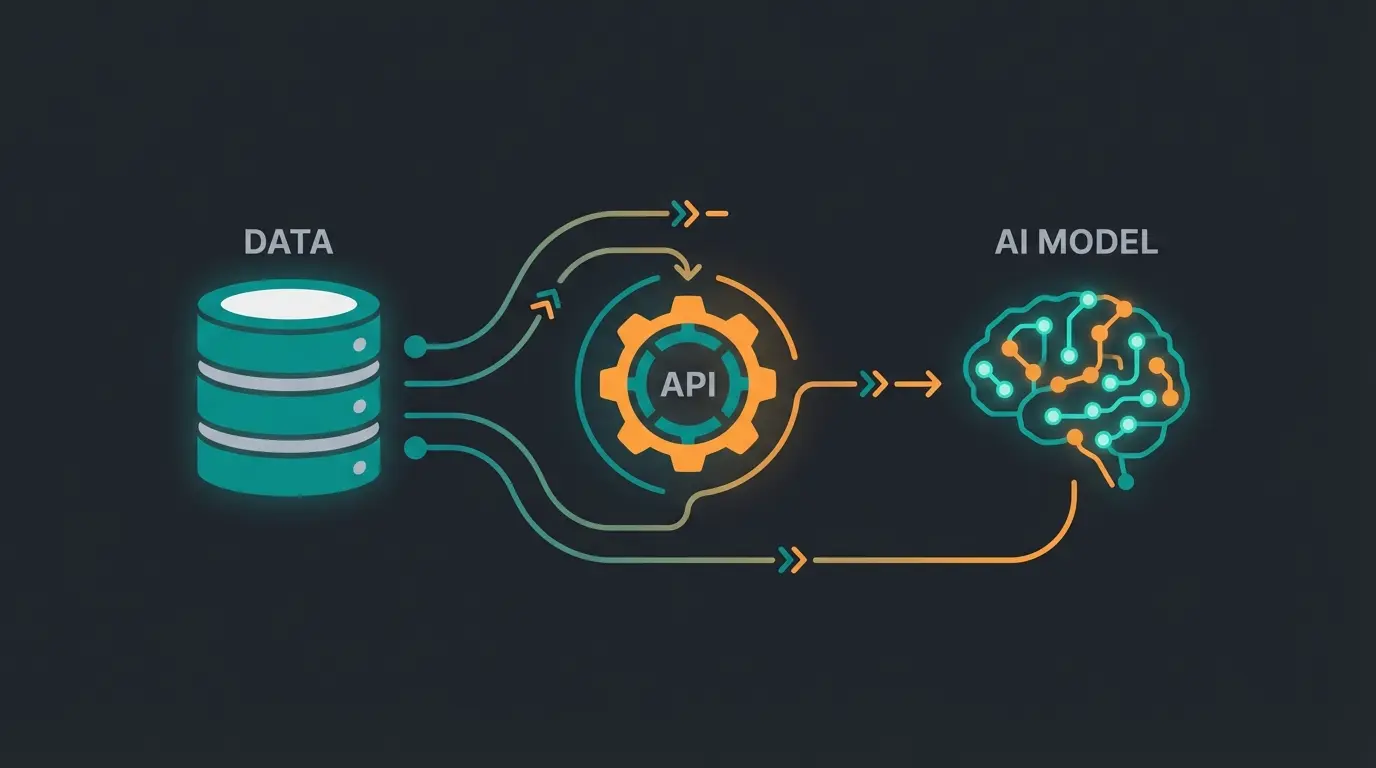
Conclusion
Labelbox has established itself as a central platform for AI data annotation and model optimization. The combination of powerful annotation tools, comprehensive quality control mechanisms, and flexible team collaboration makes it a valuable tool for ML projects.
However, the investment in a professional data annotation platform must be weighed against the need for domain expertise. Labelbox is an excellent choice for companies that want to label their data themselves and can provide the corresponding resources. But if you want to save time and costs while ensuring a higher quality of data annotation—specifically for consultative logic—Qualimero is the perfect alternative.
With our "Done-for-You" approach, we take over the entire data labeling process for you, allowing you to focus fully on the development of your AI models. Let's take your AI projects to the next level together!
Labelbox is a software tool (SaaS) that you use to manage your own annotation team. Qualimero offers a 'Done-for-You' service where we provide both the strategy and the expert human annotators to label the data for you.
AI models are only as good as their training data. Humans are needed to handle ambiguous cases, understand complex context (like sarcasm or specific product logic), and ensure the model doesn't learn incorrect patterns.
Common types include Image (bounding boxes), Text (sentiment, intent classification), Audio (transcription), and Video (object tracking). For product consultation, text and dialogue logic are the most critical.
High-quality, consistent annotation reduces 'noise' in the dataset. This allows the Machine Learning model to converge faster and achieve higher accuracy with less data, directly optimizing performance.
Don't let bad data hold back your chatbot. Get a free consultation on our expert data annotation services.
Start Your Project
